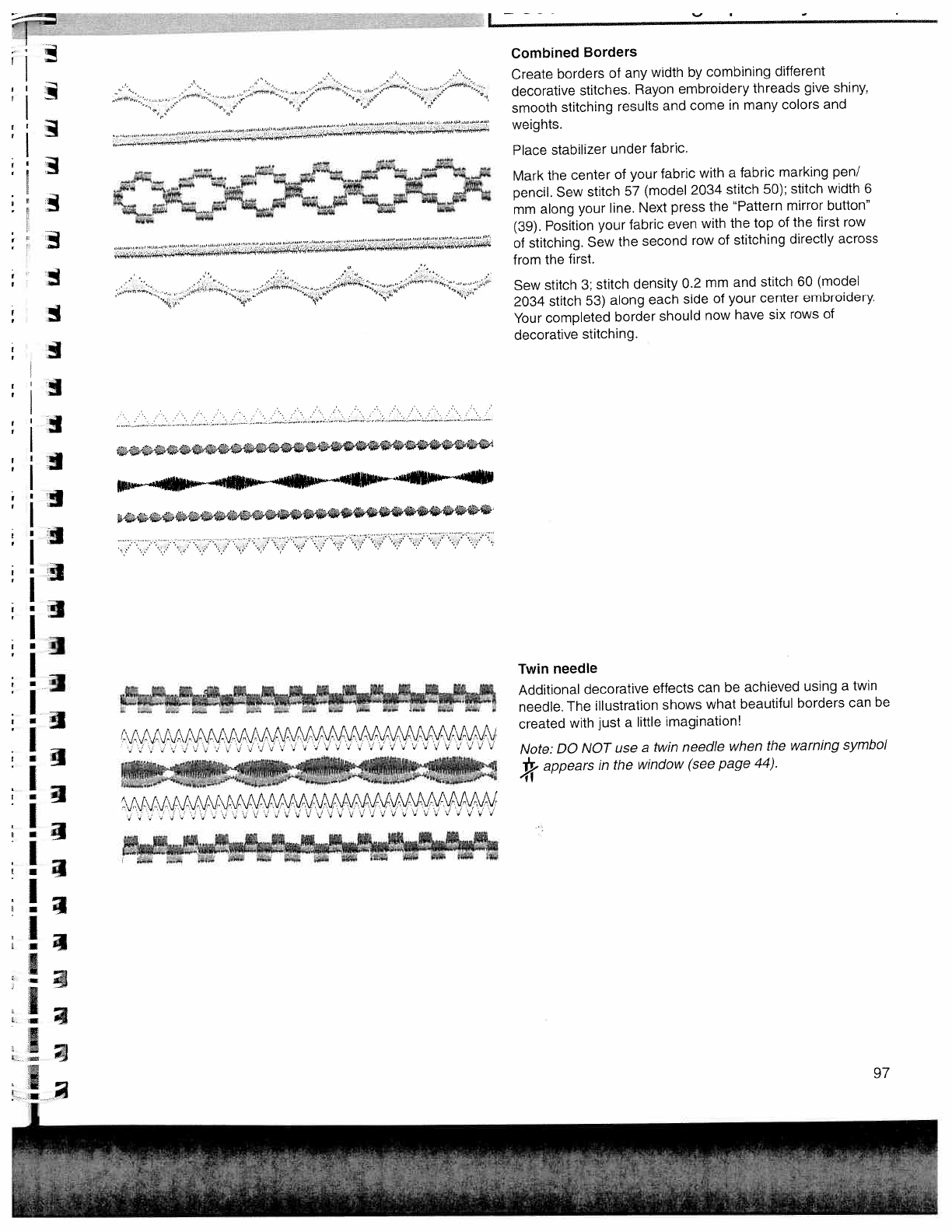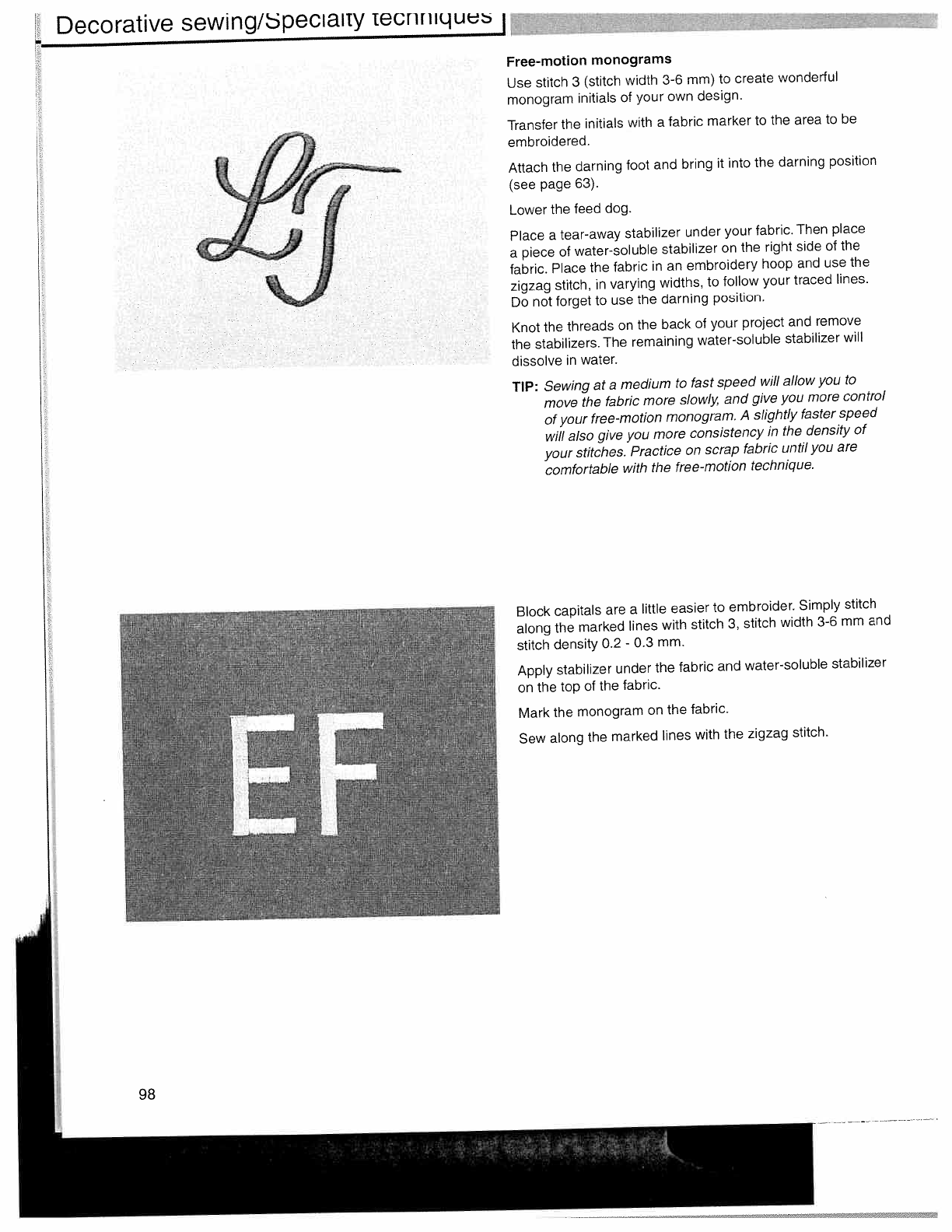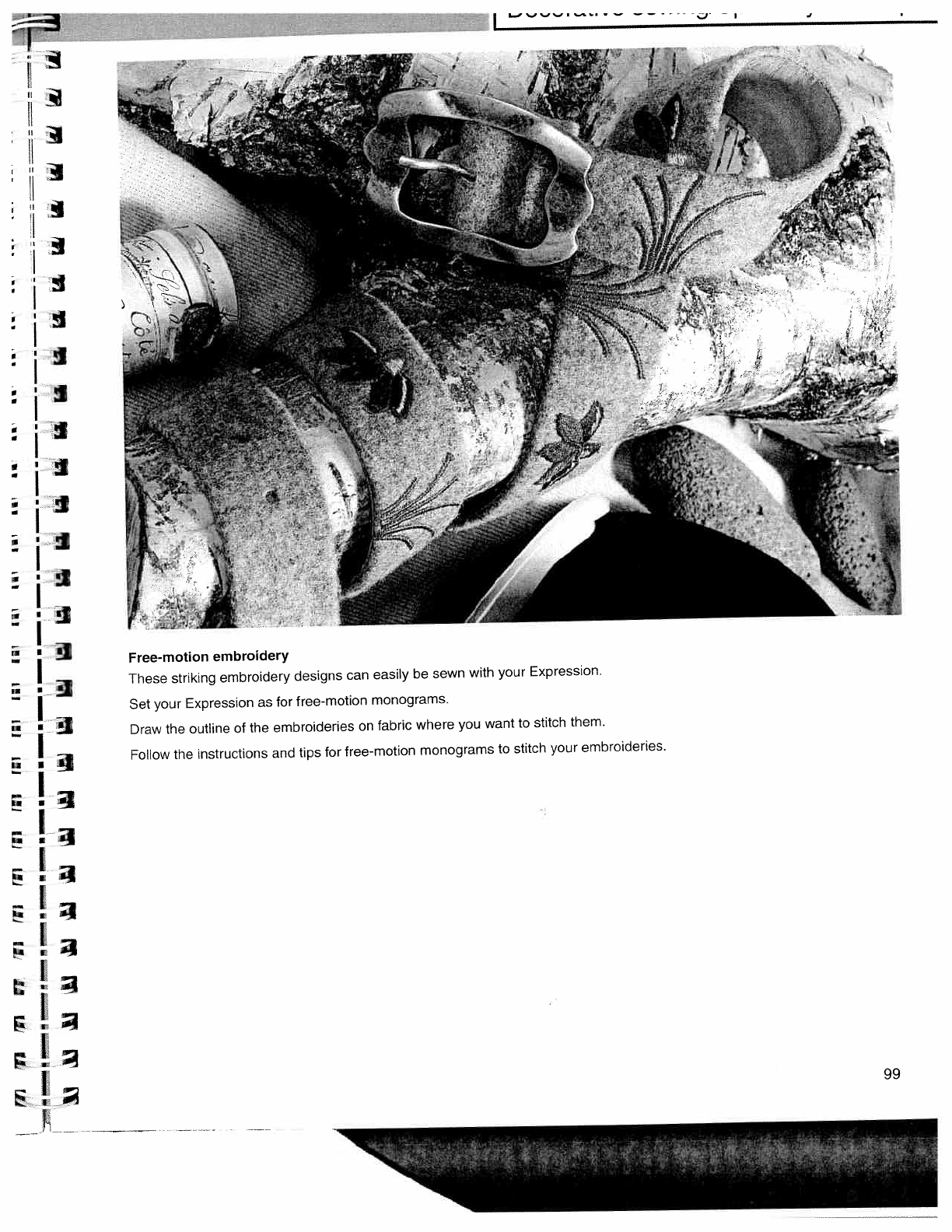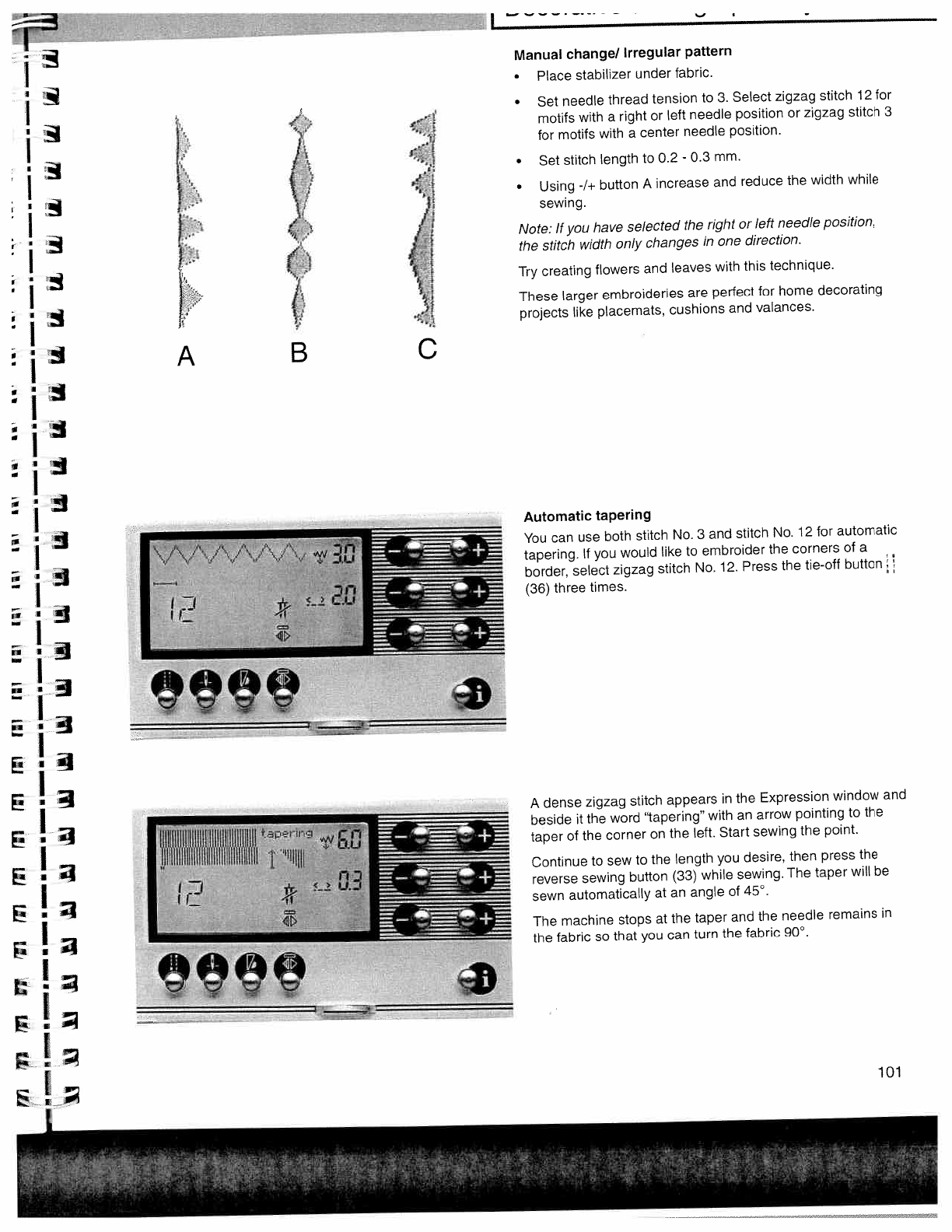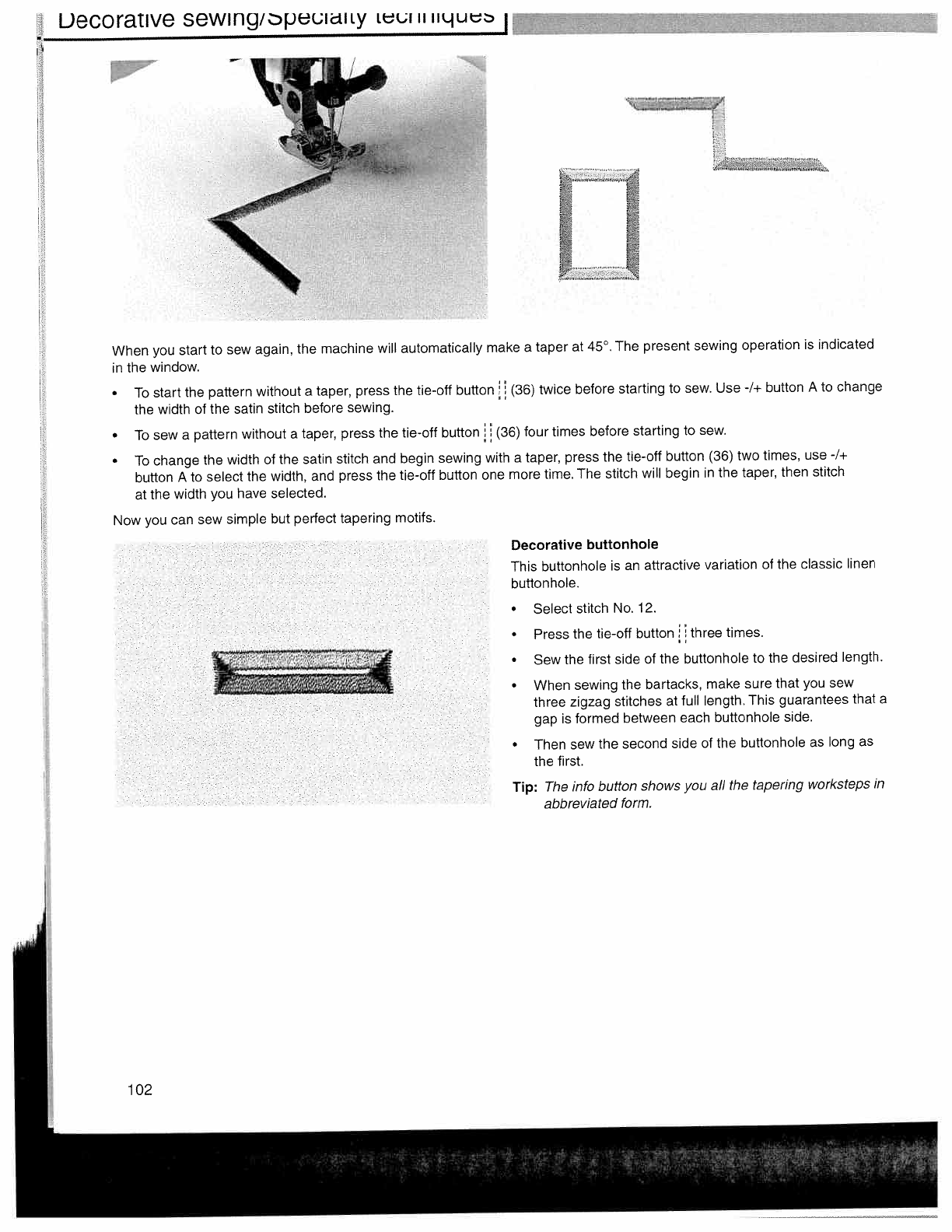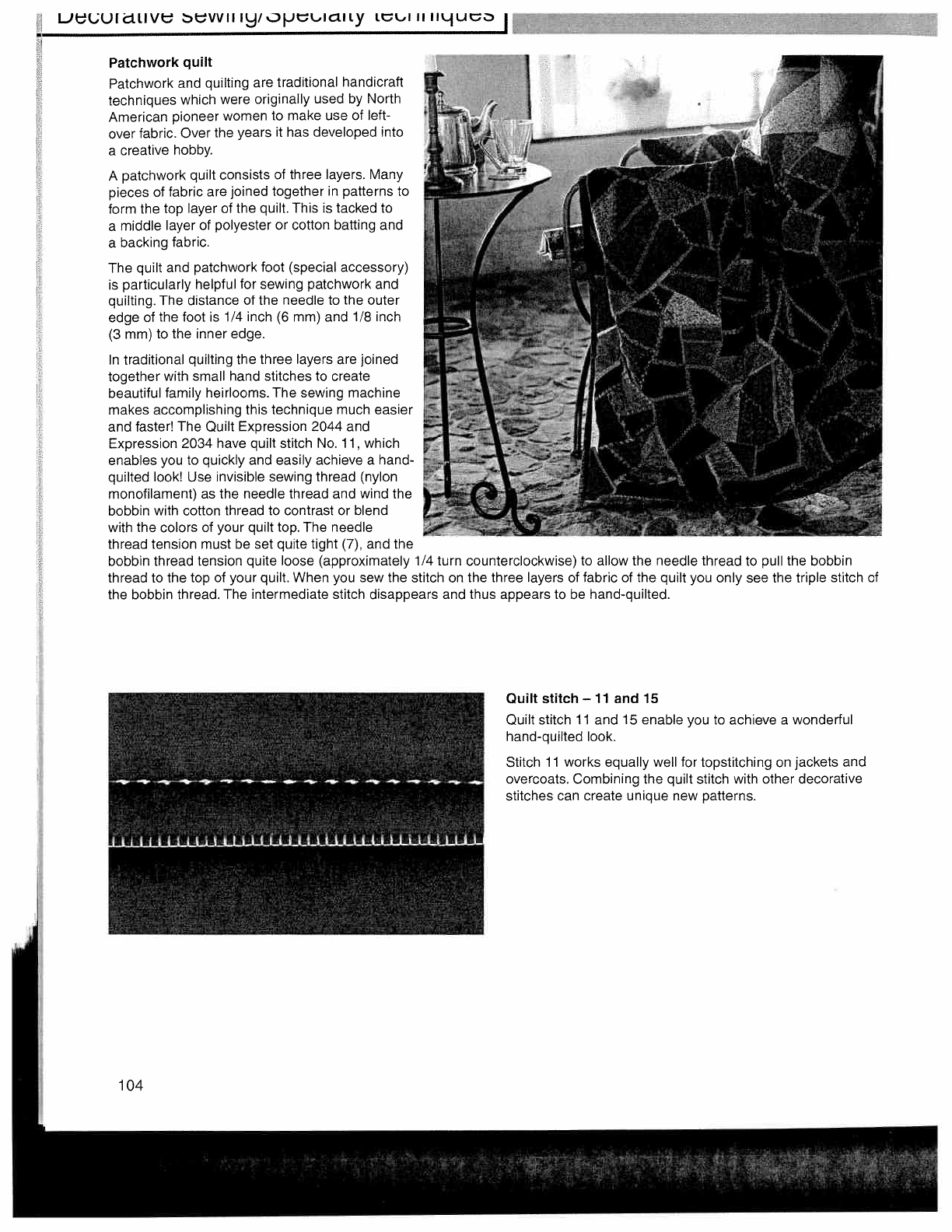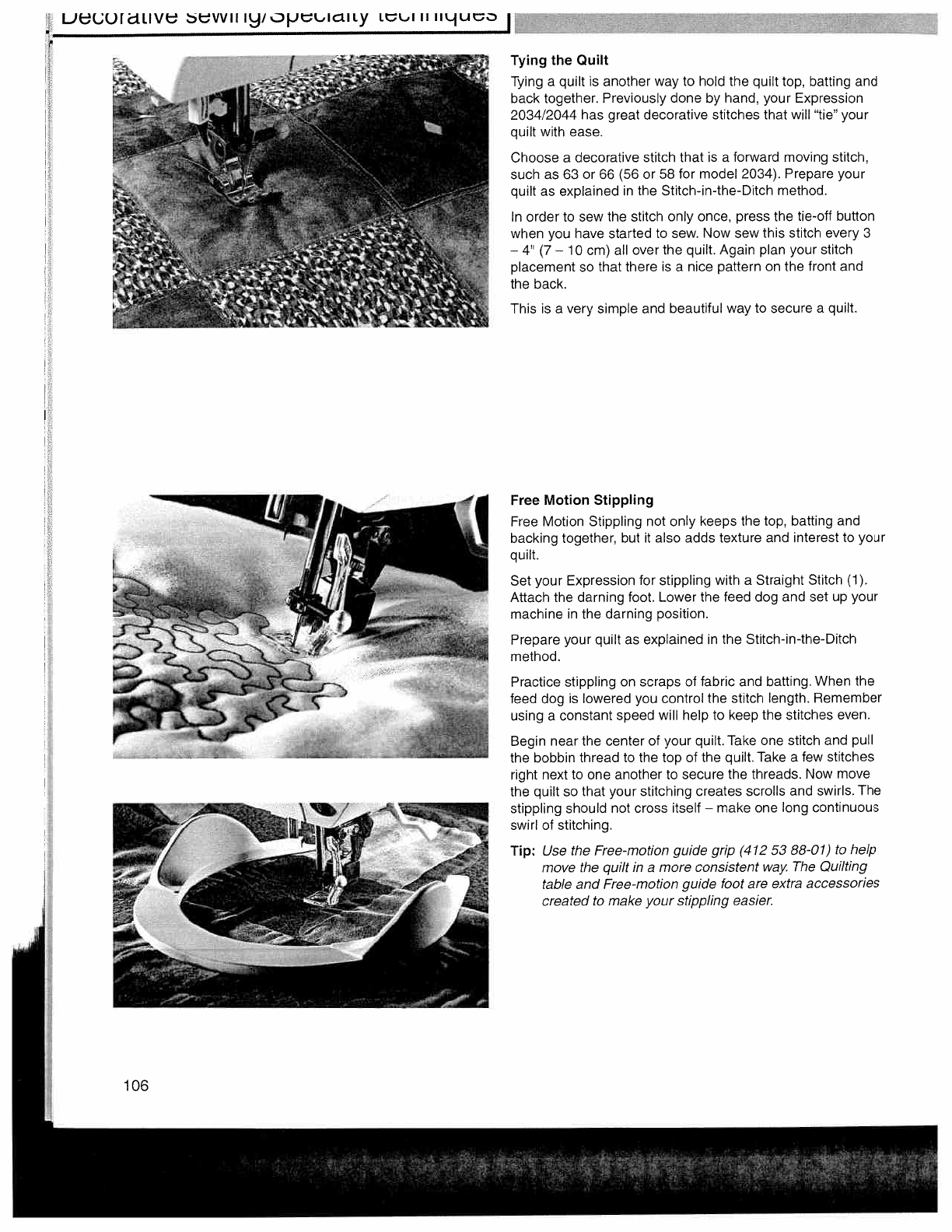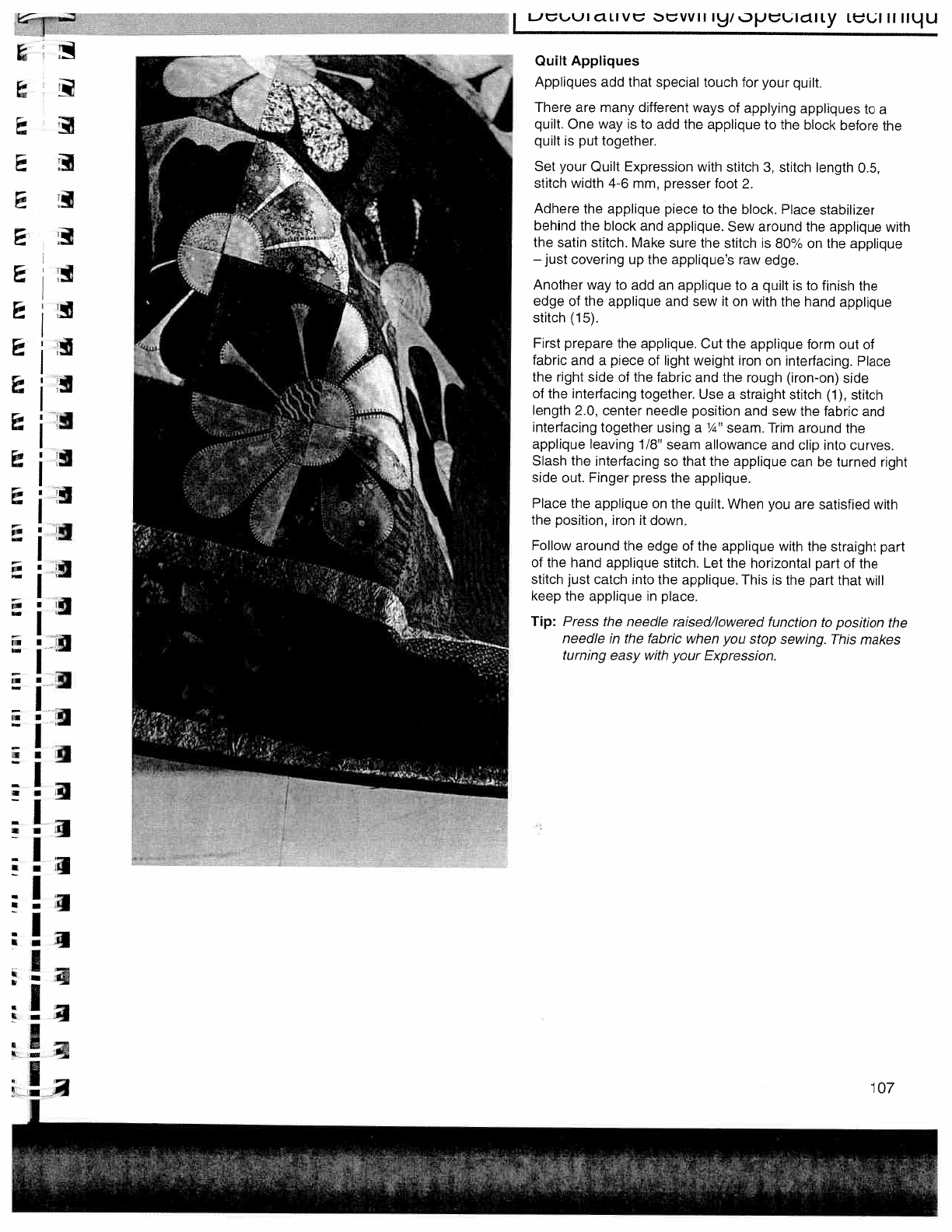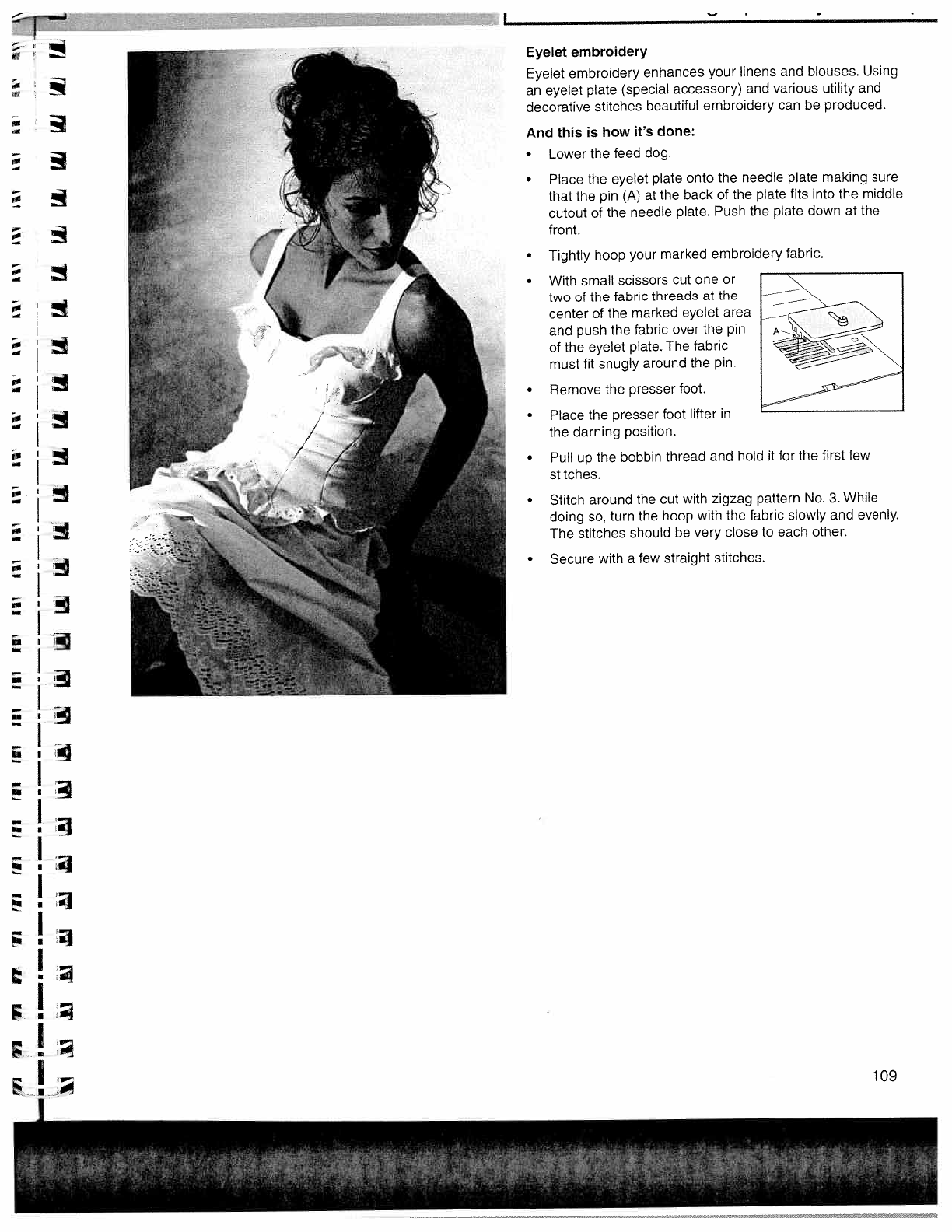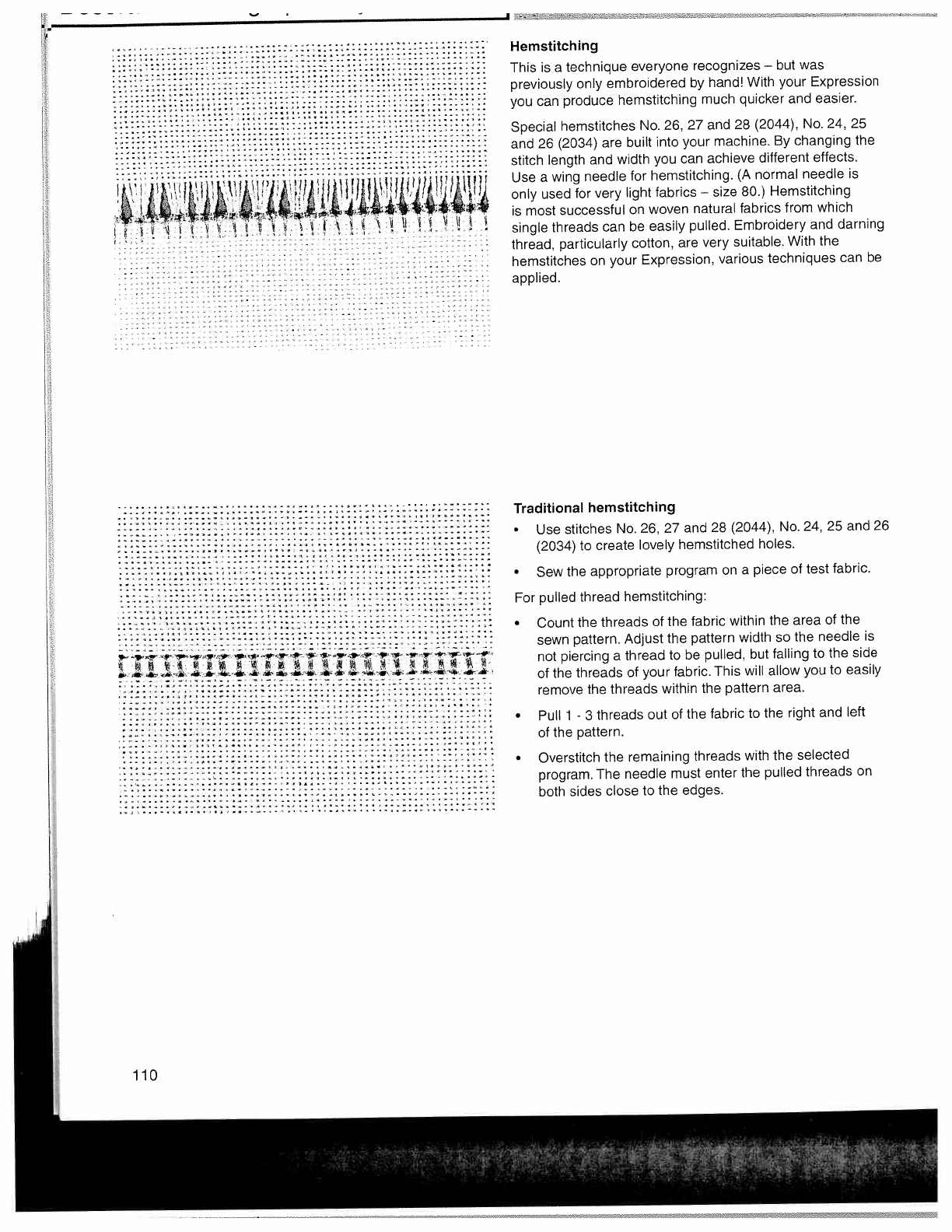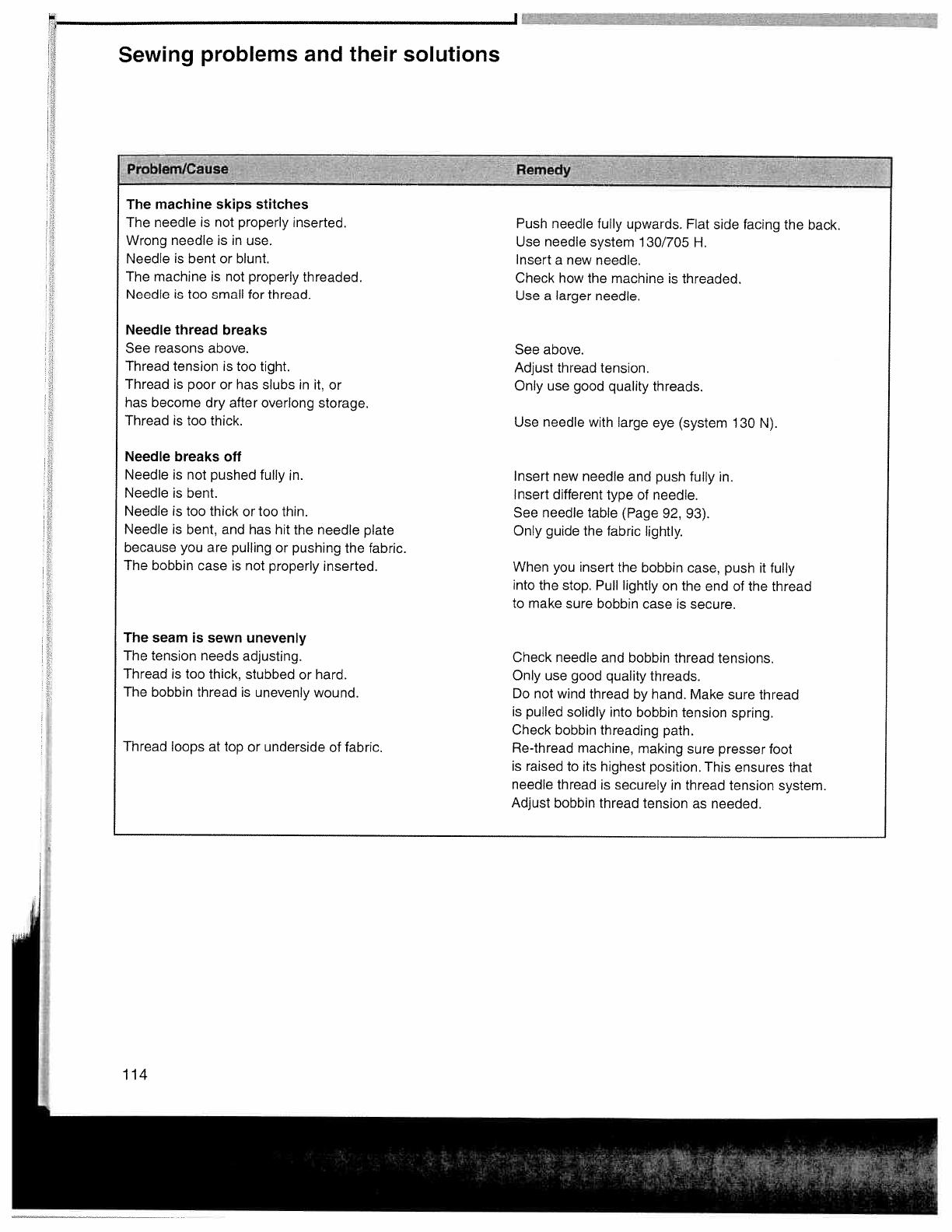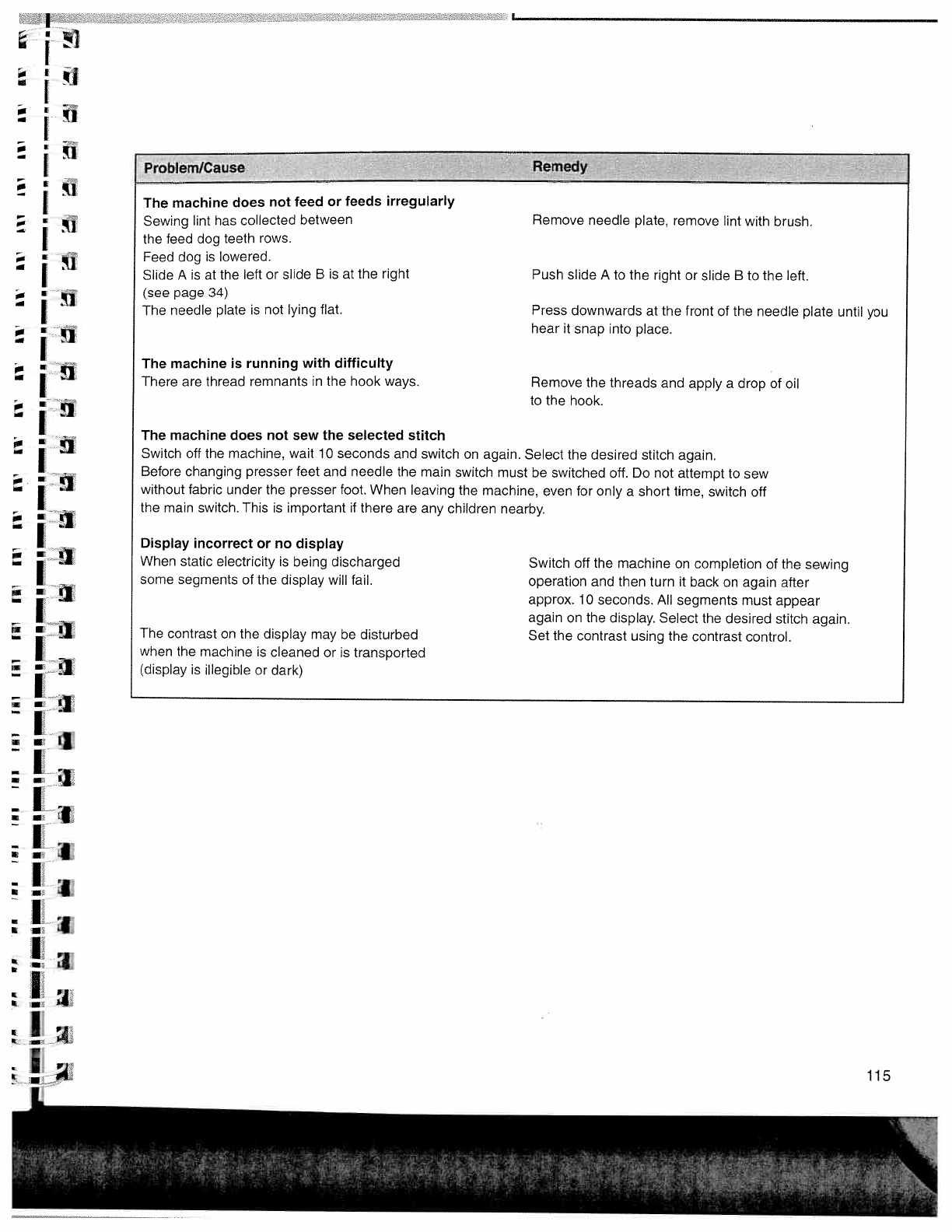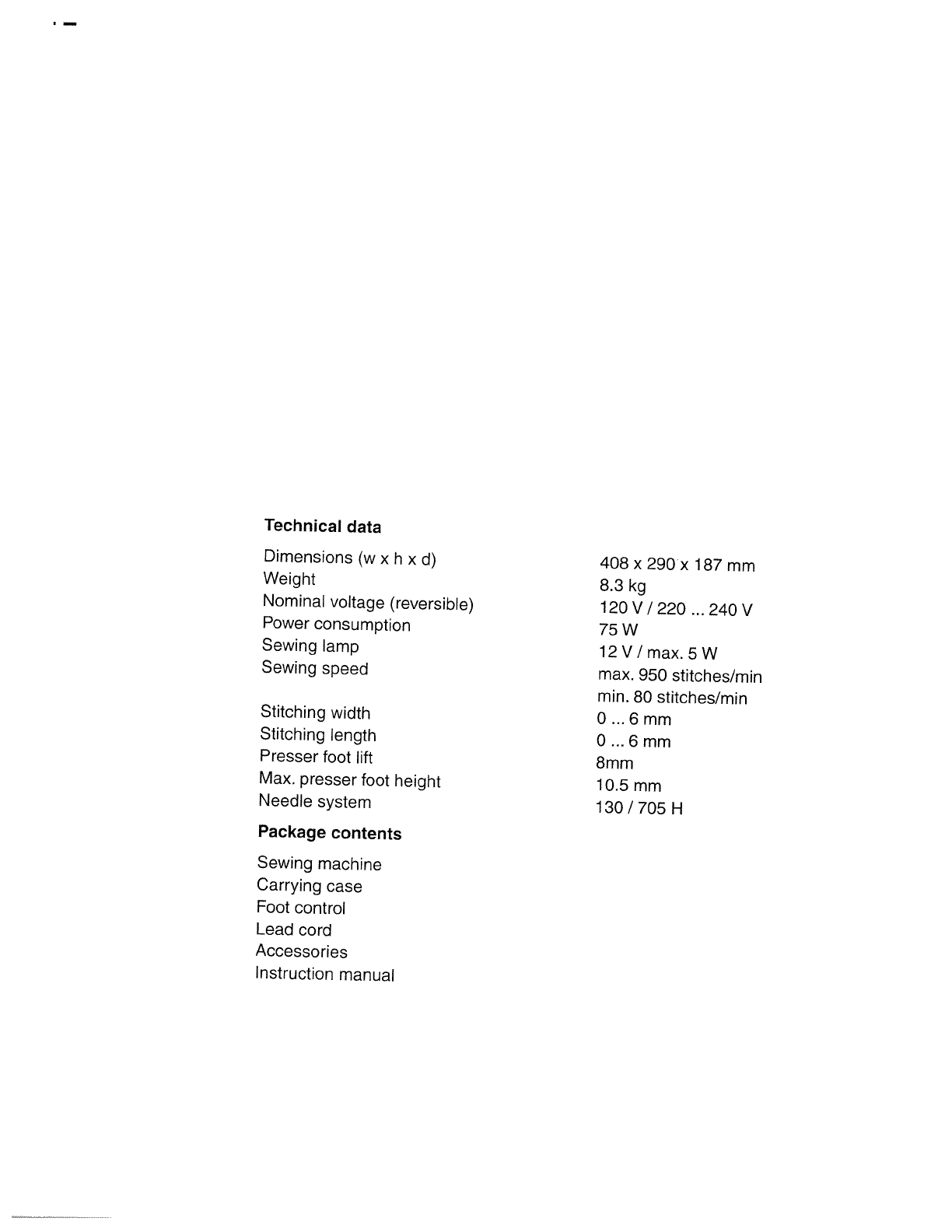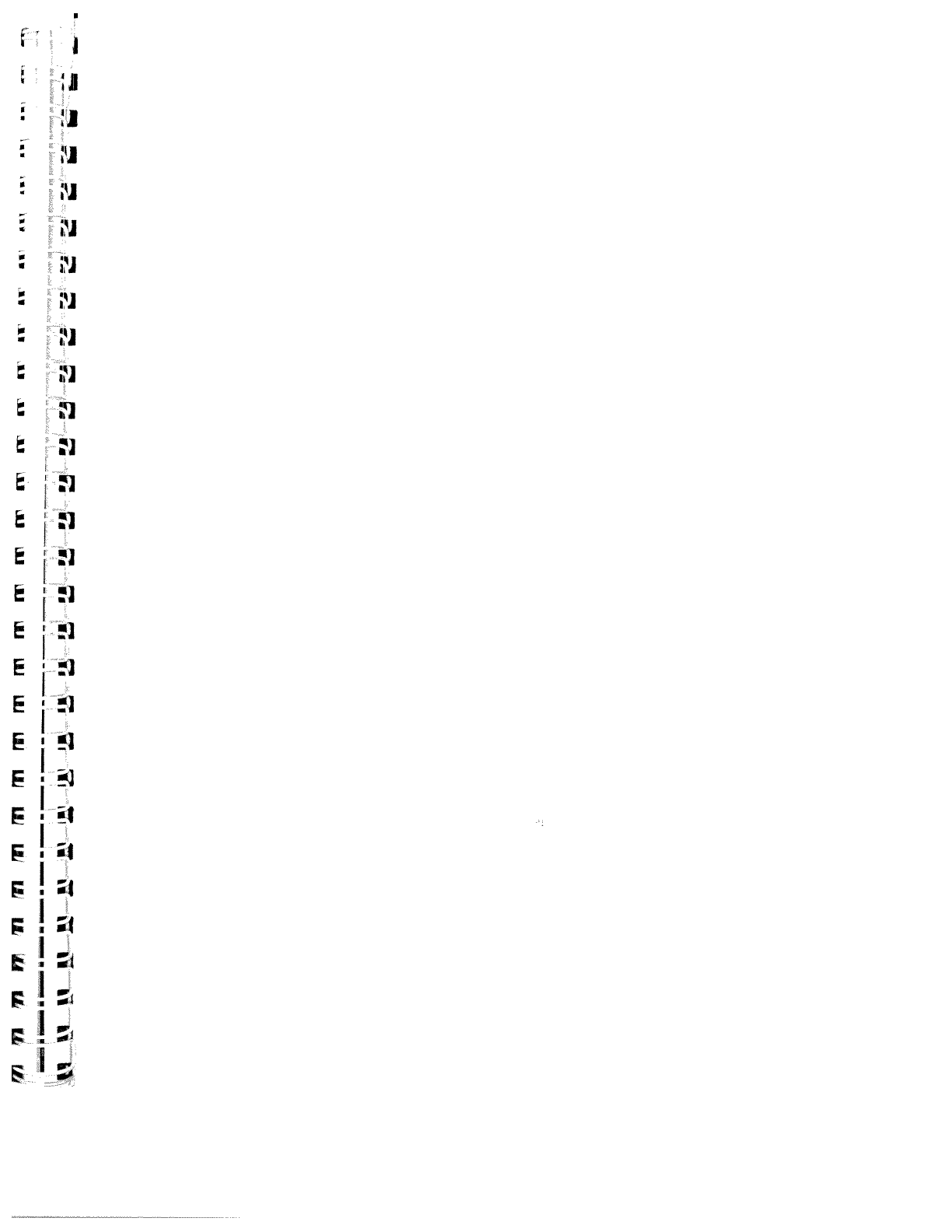-
Ik wil graag de handleiding van de Pfaff naaimachine type Quilt expression 2044 Gesteld op 26-5-2023 om 15:55
Reageer op deze vraag Misbruik melden -
Het zigzag knopje weigert van de Pfaff quilt expression 2044 Gesteld op 11-2-2020 om 15:08
Reageer op deze vraag Misbruik melden -
Ik zou graag de nederlandse handleiding van de pfaff expression 2044 ontvangen, wie kan mij helpen Gesteld op 13-3-2015 om 16:01
Reageer op deze vraag Misbruik melden-
beste, heeft u ondertussen een nederlandstalige handleiding gevonden? ik ben die van mij verloren. Geantwoord op 7-1-2017 om 23:03
Waardeer dit antwoord Misbruik melden
-




































































































